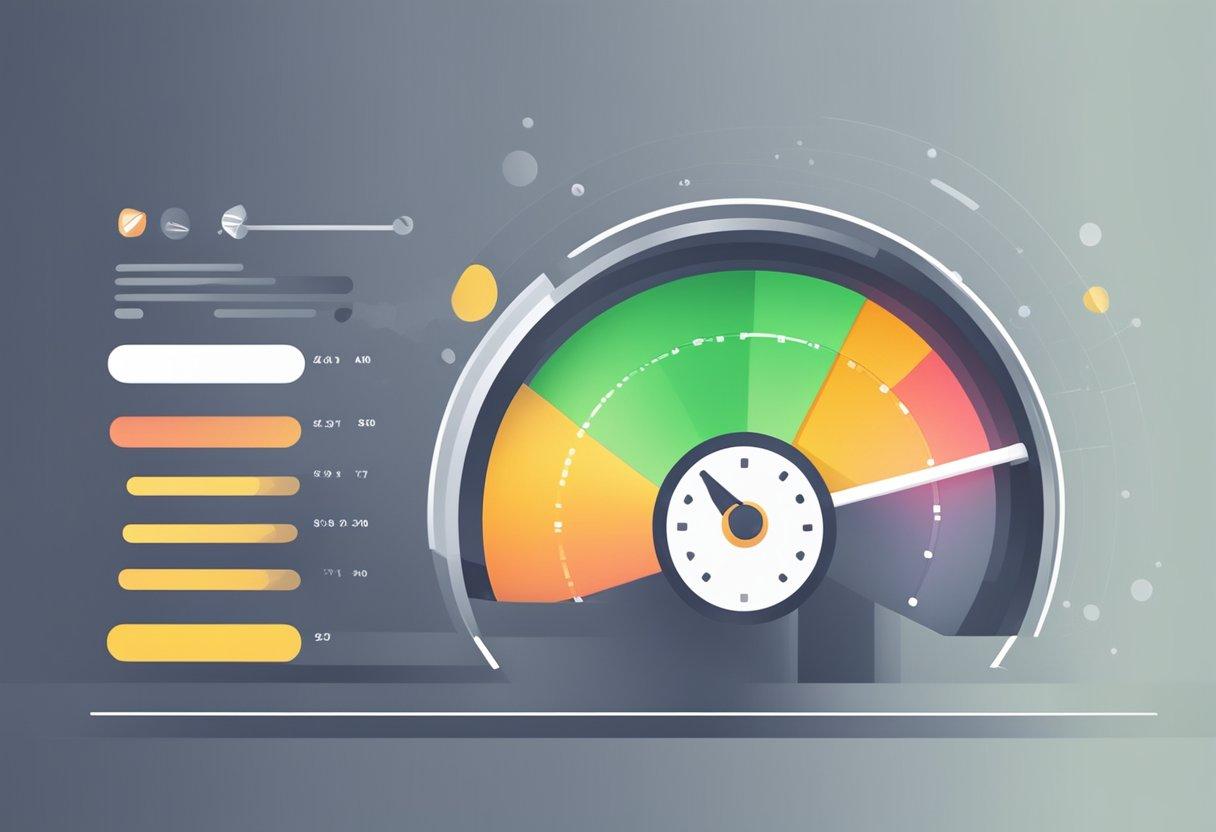
The Cheeky Monkey Media Blog
A few words from the apes, monkeys, and various primates that make up the Cheeky Monkey Super Squad.

Common Website Health Issues: Speed, Performance, and Optimization Strategies
 February 9, 2024 / Ashley Olsen
February 9, 2024 / Ashley Olsen
Website performance and speed are key determinants of success in the digital realm. They significantly influence user experience and are crucial in retaining visitors. In e-commerce, the stakes are particularly high, as slow-loading pages or unresponsive sites can lead to lost sales and a tarnished reputation. Consumers demand fast, smooth interactions; delays can lead them to abandon their shopping carts and seek alternatives. Thus, optimizing website performance is not just a technical concern but a fundamental business strategy.
In web design, the impact of speed and performance is paramount. Factors such as design elements, codebase, hosting solutions, and third-party service integration all contribute to a website’s loading time and overall responsiveness. For e-commerce sites, complexities are heightened with the addition of transactional features, inventory management, and personalized user experiences, necessitating advanced design strategies to maintain optimal performance. Neglecting these aspects can result in a sluggish and frustrating user experience, undermining user engagement and brand credibility.
Webmasters and developers are tasked with the ongoing duty of monitoring and improving their websites to align with best practices in speed and performance. This involves evaluating current performance metrics, pinpointing areas of delay, and implementing effective optimization strategies. For ecommerce platforms, where user trust and satisfaction directly affect conversion rates, the importance of maintaining quick page loads, efficient transaction processing, and cross-device accessibility is crucial. This continuous effort to enhance website performance can lead to significant gains in customer satisfaction and business growth.
Core Principles of Web Performance

High-performing websites are essential for maintaining user engagement and ensuring a successful online presence. The speed and responsiveness of a site are critical components of web performance.
The Importance of Load Time
The time it takes for a website to load is paramount in the user’s experience. A delay as small as a few seconds can lead to increased bounce rates and lost conversions. Website design services must prioritize efficient load times by utilizing optimized images and streamlined code. E-commerce websites, in particular, need to load quickly to retain customer interest and secure transactions.
- Essential Load Time Strategies:
- Minimize HTTP requests.
- Optimize file sizes and formats.
- Implement content delivery networks (CDNs).
- Leverage browser caching.
Optimizing Responsiveness
A site’s ability to adapt to various devices and screen sizes defines its responsiveness. Responsive web design is a non-negotiable aspect of modern web development. It ensures that a site delivers consistent performance across desktops, tablets, and smartphones. A web developer or website developer must incorporate flexible grids, responsive images, and media queries to achieve a mobile-friendly web design.
- Responsiveness Best Practices:
- Use flexible grid layouts.
- Adopt responsive image solutions.
- Prioritize touch interfaces for mobile interaction.
- Test responsiveness across different devices and browsers.
Solving Performance Issues
Web performance is critical to user engagement, regardless of the website’s purpose. Correctly identifying and addressing specific issues related to speed and performance can greatly enhance user experience.
Enhancing E-commerce Efficiency
E-commerce web development focuses on creating a swift and responsive shopping experience. For e-commerce websites, one should;
- Optimize images and videos: Use compressed formats without sacrificing quality.
- Implement caching: Store frequently accessed data to reduce server load times.
- Minify and combine files: CSS and JavaScript files should be minified and combined to reduce the number of requests a server processes.
- Use a Content Delivery Network (CDN): Distribute the content delivery load to increase page speed globally.
Improving Corporate Website Performance
Corporate websites often serve as a business’s digital front. Therefore, corporate website development must aim to reflect the company’s efficiency.
- Streamline design and content: A clean, intuitive layout with strategic content placement can prevent performance lags.
- Mobile optimization: Ensure the corporate website is responsive on all devices, as mobile traffic typically surpasses desktop.
- Speed testing and monitoring: Regularly conduct performance tests and monitor load times to identify bottlenecks.
Optimizations for Nonprofit and Educational Sites
For nonprofit website development and higher education web development, balancing functionality with budget constraints is key. They can;
- Simplify design elements: Use fewer, but more effective visuals to communicate their message while speeding up load times.
- Prioritize accessibility and performance: Nonprofit and educational sites often cater to a wide audience, making universal design principles a performance necessity.
- Leverage open-source resources: Utilize free plugins and themes designed for performance to maintain a cost-effective web presence.
